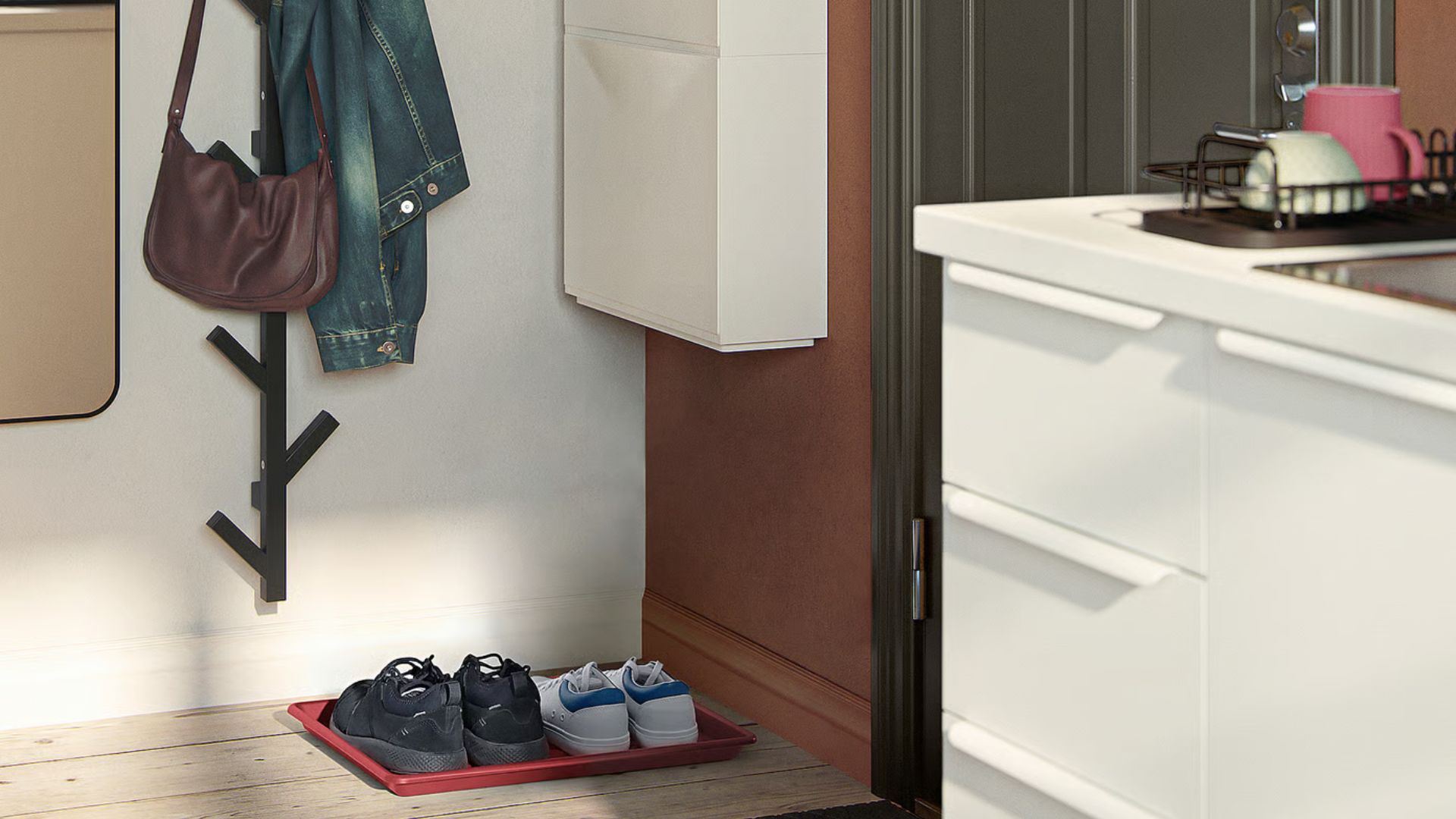iPhone Fold 'creaseless' display could make it a day 1 purchase — there's just one problem
A creaseless display is nice, but I'm worried about this rumor
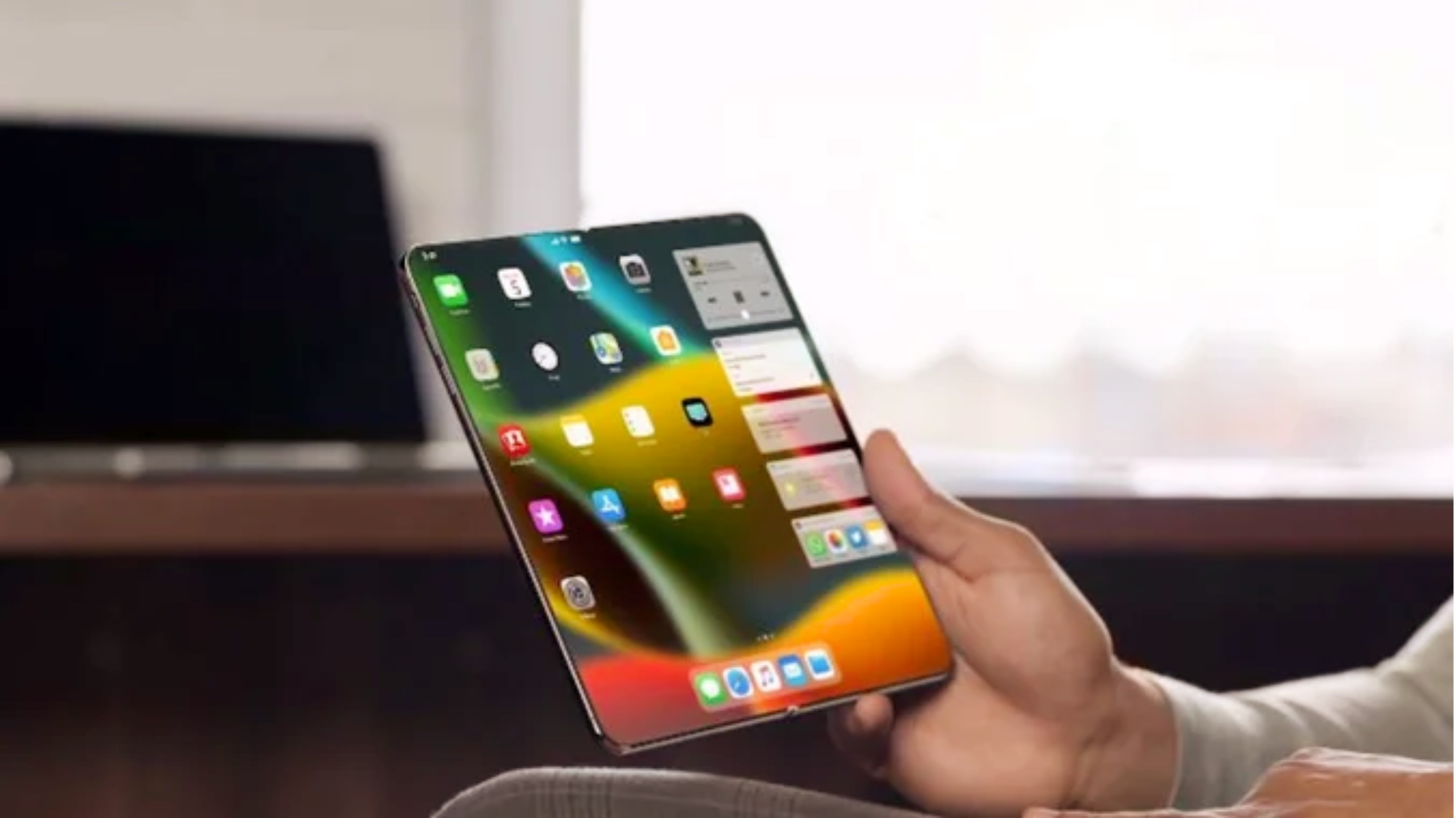
In a recent news report, it was revealed that Apple planned to completely remove the crease in the upcoming foldable iPhone. As a recent convert to foldable phones myself, I would be tempted to buy the phone due to this alone, except for one major caveat.
In the past, I thought that foldable phones were a bit of a gimmick. At the time, I didn't see the reason why you would want to spend so much money on a bigger screen when you could usually buy a tablet for less. However, as I’ve been testing out different ways to use the Galaxy Z Fold 5, I’ve found myself more appreciative of the concept and what it can be used for.
However, for all that I love my foldable, there's no denying that the crease is annoying at best, a dealbreaker at worst. There's a multitude of reasons why the crease is annoying, so let's look at what removing the crease will mean for Apple's foldable phone.
Why is a lack of a crease a big deal?
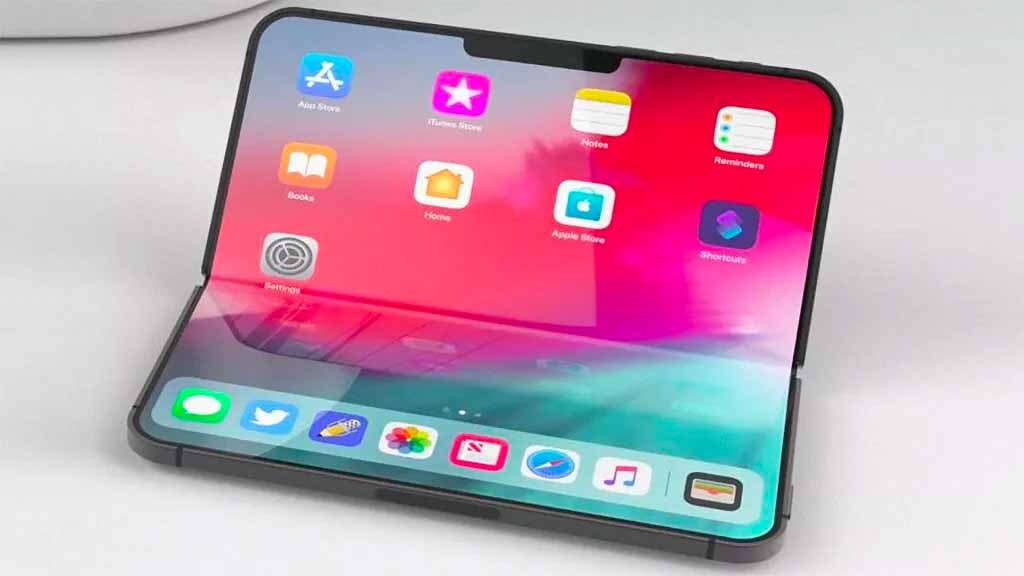
The reality is that most of the best foldable phones have a crease as part of the screen; there's no getting past that. While it's existance isn't the the end of the world, you'll always notice it's there.
However, if Apple can remove the crease completely, it'll change how we use the device in several ways. First and foremost, it'll make watching media on the phone much more enjoyable.
When I watch something on my Galaxy Z Fold 5, be it YouTube or Disney+, I have to have the phone at just the right angle. If I don't, then the crease becomes much more noticeable, and changes how I watch movies on the phone.
It means that I have to have the phone at a specific angle to get the best experience, which feels like it ruins the point of the bigger screen. Meanwhile, Apple's device could theoretically be put anywhere with no issue, meaning I won't have to shift position to get a seamless experience.
Get instant access to breaking news, the hottest reviews, great deals and helpful tips.
Speaking of seamless, the other advantage of a creaseless screen is that it will make writing or drawing on the screen much simpler. One of the advantages of a bigger screen is that you can either use an S Pen or your finger to write and draw with much more detail.
However, the crease hampers that by having your pen or finger leave the screen for a fraction of a second. This can ruin a drawing or break the flow of your writing, and it's basically an all-around pain.
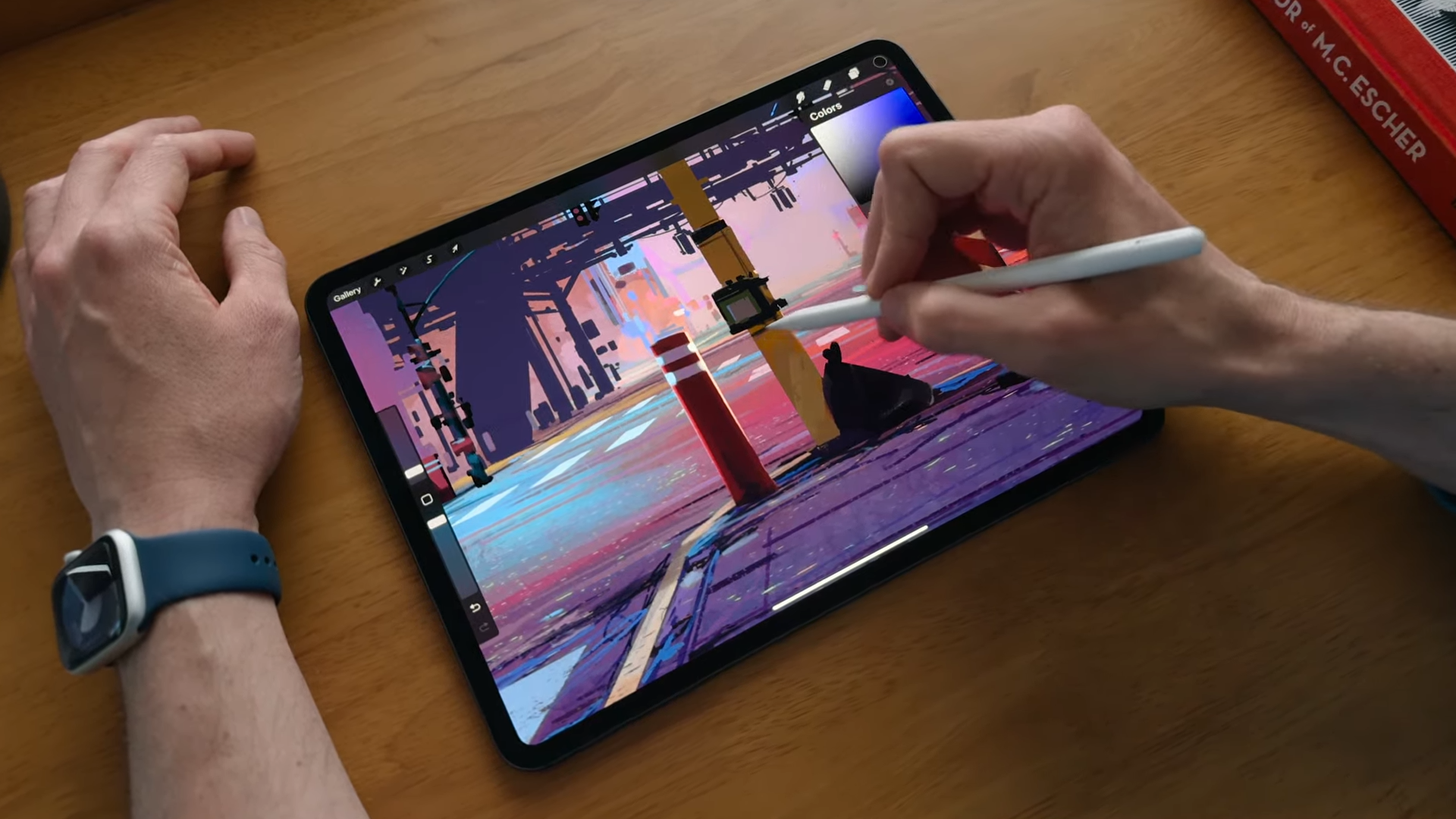
On that note, if Apple does manage to make the screen crease-free, then it is also the perfect time to introduce an often forgotten peripheral. Now, if you're like me, you might have been under the impression that Apple had basically dropped the Apple Pencil from its lineup.
However, they do still sell them, and a creaseless foldable phone is the perfect piece of hardware to use it on, especially if it comes with the rumored 7.8-inch inner display.
However, for all these improvements, there is one major issue with the Apple foldable that could be a huge turn-off.
Even with all the rumored specs, the iPhone Fold price is a concern
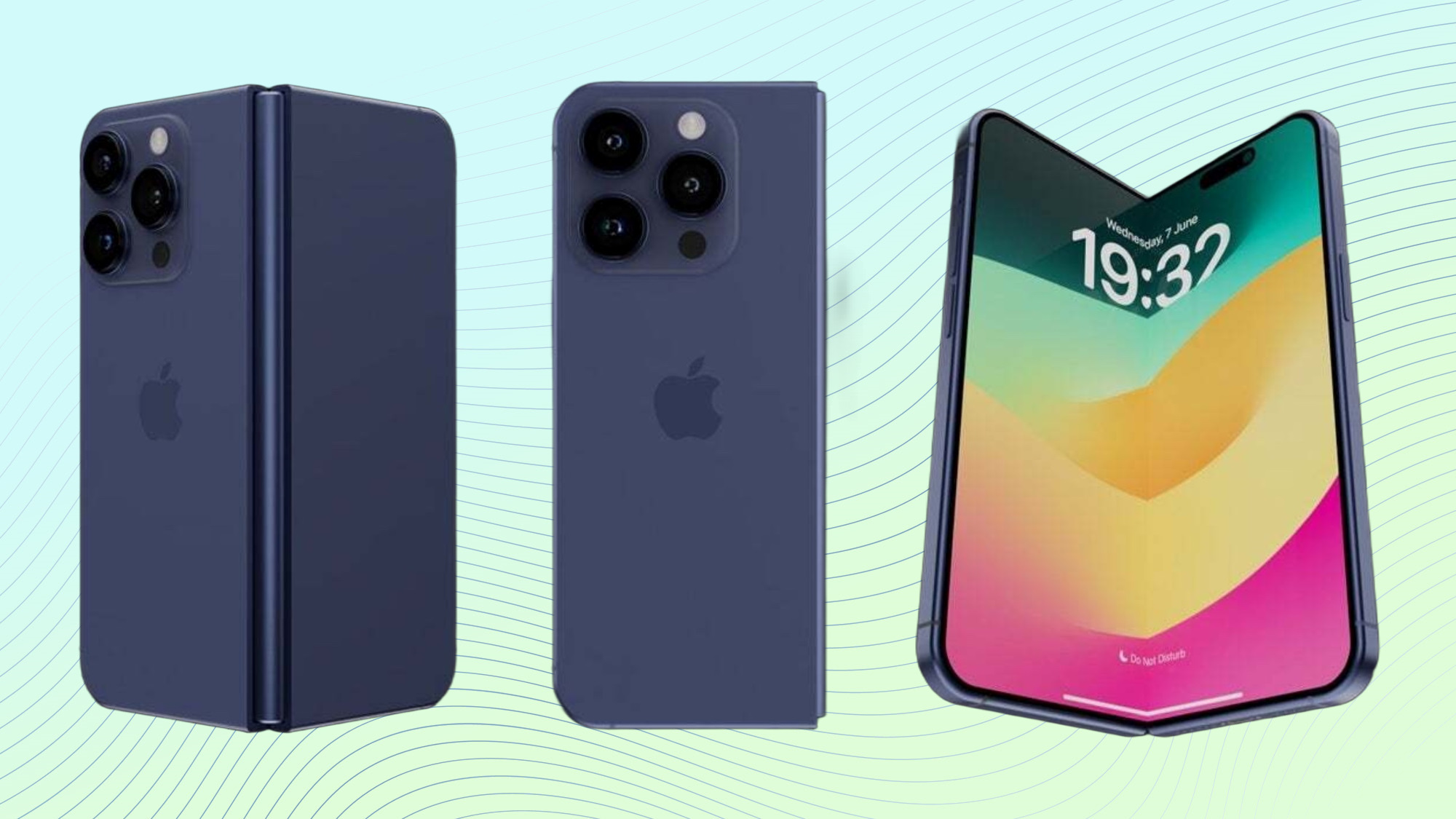
In truth, there's still a lot we don't know about the iPhone Fold, but there's one rumor that is really concerning. According to a recent report from a known source, Apple's foldable phone could cost between $2,100 and $2,300 at release.
Now, to be fair, it can be a bit tricky to gauge the right price for a foldable phone, as the costs run the gamut. For instance, the Galaxy Z Fold 6 cost $1,899 at release, while the OnePlus Open cost $1,699.
So, at least on the surface, it looks like Apple is counting on charging a premium for its brand.
With that said, the other rumors we've heard about the iPhone Fold might make that price more appealing, but we have to take the competition into account. For instance, there are rumors that the foldable iPhone could be as thin as 4.5-4.8mm when unfolded. That's thinner than the Galaxy S25 Edge, which is rumored to be 5.58mm thick. However, we recently saw that Samsung could make the Galaxy Z Fold 7 an impressive 3.9 millimeters thick.
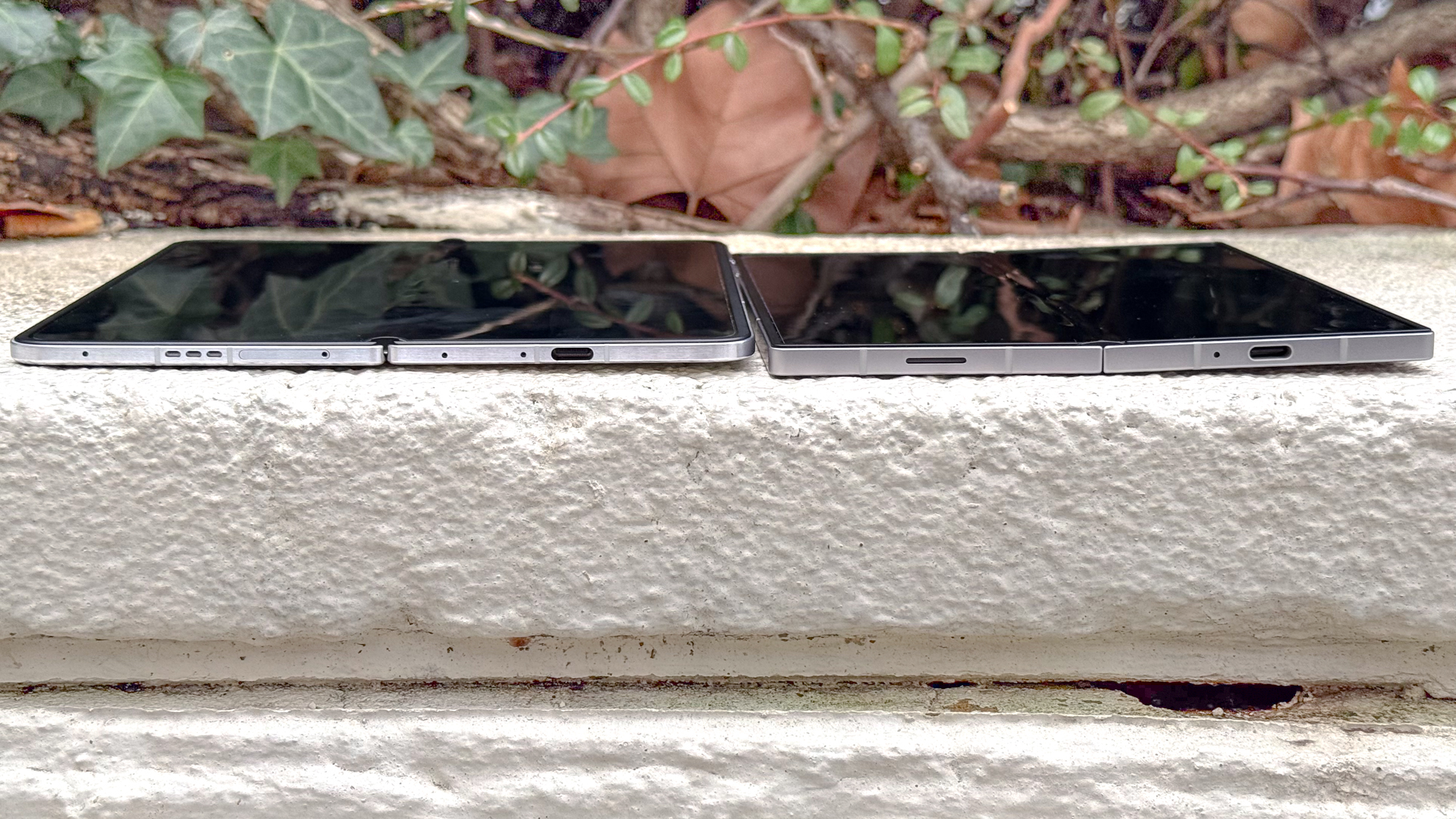
However, the Z Fold 7 could trade battery to achieve this thickness, with the phone reportedly keeping the same 4,400 mAh battery as the prior Galaxy Z Fold 6. We don't know what Apple's plans are for the battery on the foldable iPhone, but Apple is reportedly looking to focus on battery life.
This includes refining the display driver IC (DDI), which converts digital signals from the processor into analog signals required to control the display's pixels. The aim is to allow the phone to be as thin as possible without sacrificing battery life, while also allowing the phone to keep cool during heavy use.
iPhone Fold: Outlook
At the end of the day, removing a crease from a screen alone wouldn't be enough to warrant that kind of price. However, it's worth taking a lot of this with a grain of salt until we get a chance to see the phone in person.
Sadly, there's been no firm indication of when Apple will release the phone. The soonest would likely September of 2026, so the iPhone Fold could launch alongside the iPhone 18 Pro.
Let me know what you think. Is the removal of the crease enough to make the Apple foldable a must-buy? What would you want to see in the iPhone Fold to make that price palatable? Or would it be a must-avoid for that reason alone?
More from Tom's Guide
- iOS 18.5: All the newest features coming to your iPhone
- I miss when every other iPhone release featured an S-series — Apple should bring that back
- Goodbye, iPhone? Apple's Cue says the phone could be replaced by AI

Josh is a staff writer for Tom's Guide and is based in the UK. He has worked for several publications but now works primarily on mobile phones. Outside of phones, he has a passion for video games, novels, and Warhammer.
You must confirm your public display name before commenting
Please logout and then login again, you will then be prompted to enter your display name.
